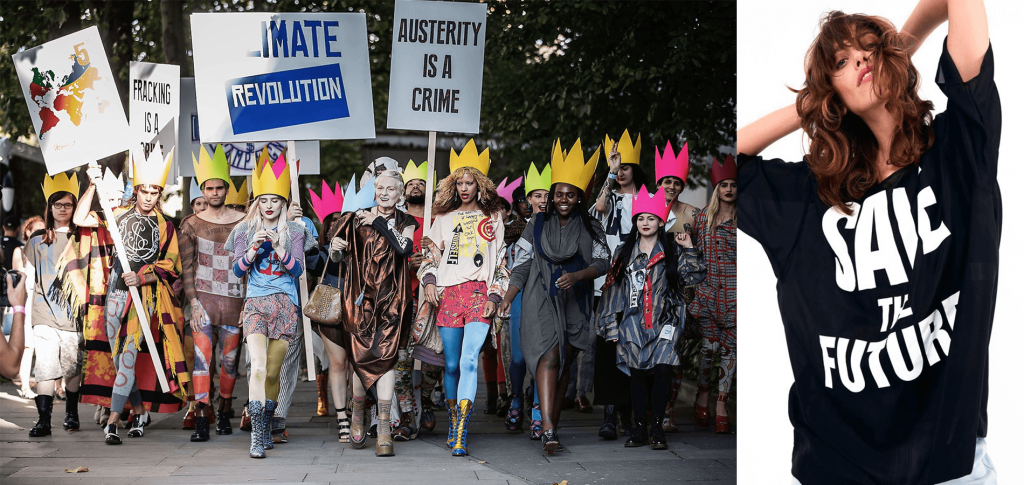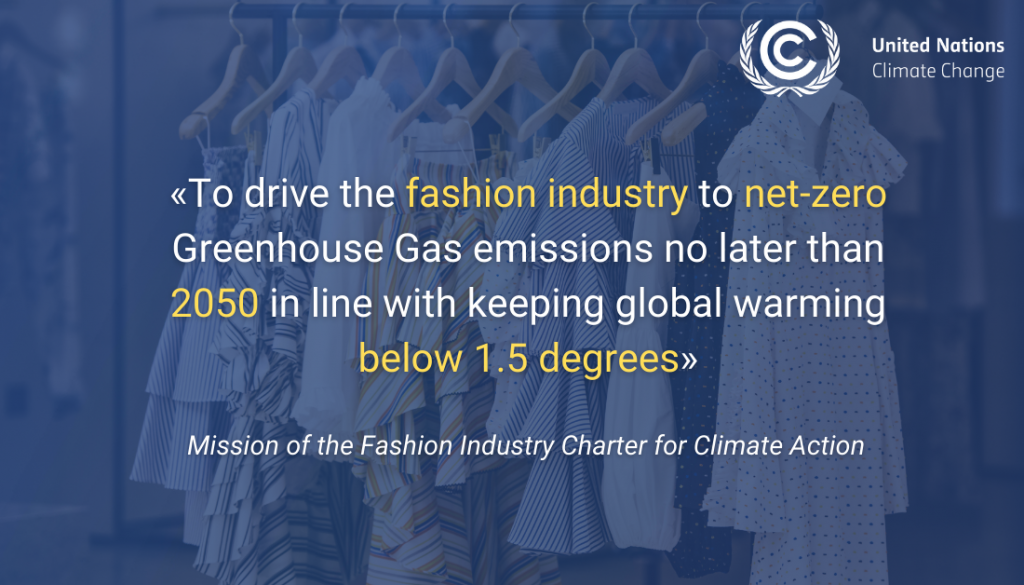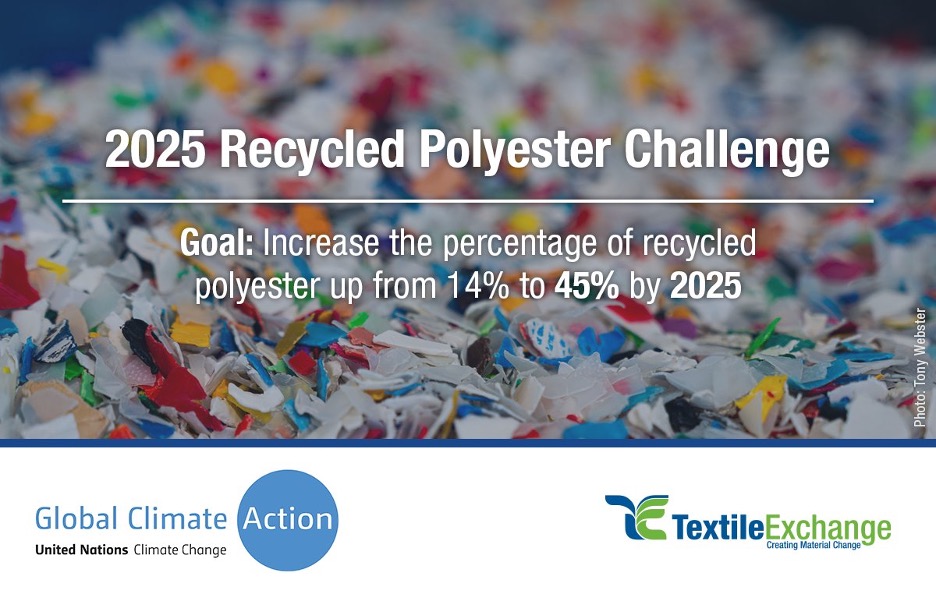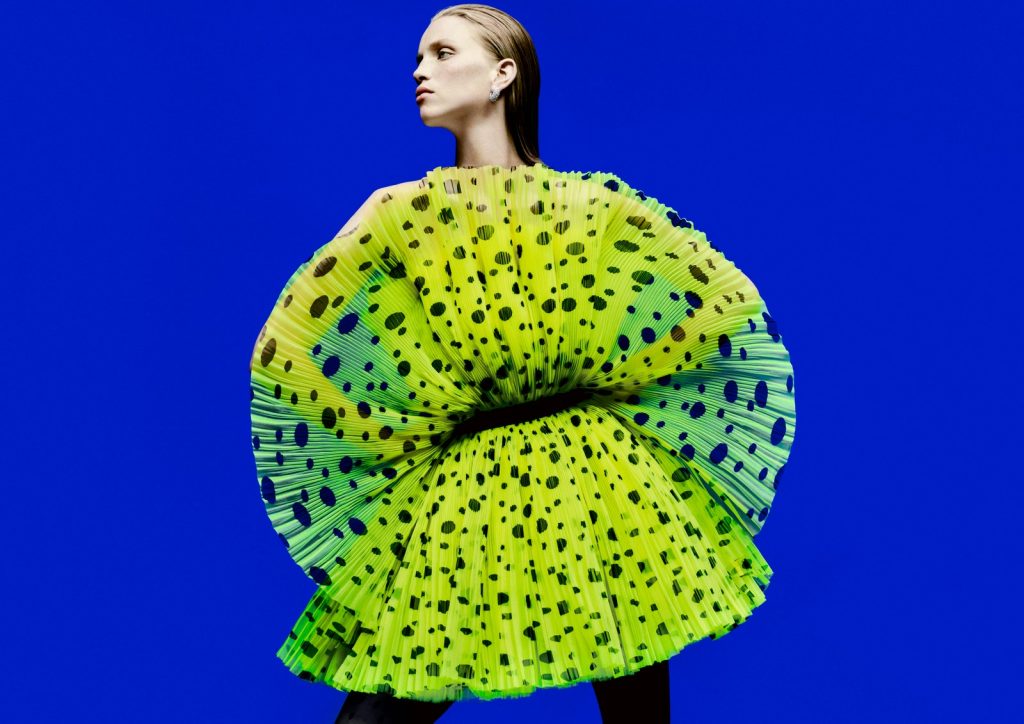
Vivienne Westwood has been addresing her concerns over climate change for years. (Photo Credit: Common Objective)
The 2021 United Nations Climate Change Conference, more commonly referred to as COP26 or ‘Conference of the Parties’, was the 26th United Nations Climate Change conference, and was held at the SEC Centre in Glasgow, Scotland from October 31 to November 13. The president of the conference was UK cabinet minister, Alok Sharma. The United Nations has been bringing together a majority of countries for almost thirty years now to help battle the effects of climate change and many believe that this year’s event has come up with some strategic solutions. Climate change has gone from
Leading up to COP26, the UK worked with every nation to reach an agreement on how to tackle climate change, taking it from being a fringe issue to a global priority. World leaders arrived in Scotland, alongside tens of thousands of negotiators, government representatives, businesses and citizens, for twelve days of talks. To do its part, the fashion industry is ramping up its climate efforts. This post covers what’s new in the Fashion Industry Charter For Climate Change initiative.
Over the past few years, the conversation on fashion sustainability has become a hot topic as brands race to reveal various eco-minded strategies ranging from committing to reach net zero or the initiative to become carbon positive (meaning that businesses are drawing more carbon from the atmosphere than is emitted). While these strategies are promising, the fashion industry still has a lot of work ahead of them to help in the fight against climate change.
(A video of the Fashion Industry Charter for Climate Action at COP24. Video courtesy of the The Fashion Industry Charter on YouTube)
In 2020, a report by the Global Fashion Agenda found the fashion industry’s emissions are in fact set to rise to around 2.7 billion tons a year by 2030 if existing measures stay the same. Based on the current trajectory, fashion’s emissions would in fact double the maximum level required to be in line with the Paris Agreement’s goal to keep global warming to 1.5°C.

Mission of the Fashion Industry Charter for Climate Change. (Source: United Nations Climate Change)
“This is an important milestone for the Fashion Charter, as it increases the ambition level in an effort to align the industry with 1.5 degrees,” said Stefan Seidel of Puma, a co-chair of the Fashion Industry Charter steering committee. “It is a signal that we need to work closely together with our peers, our supply chain, policymakers and consumers to get on the track to net-zero.”
This is why the United Nations Fashion Industry Charter For Climate Action – which launched in 2018 and was signed by 130 brands, including Burberry, Chanel and Gucci-owner Kering—is ramping up its efforts to diminish fashion’s environmental impacts, with brands committing to cutting greenhouse gas emissions by 50% by 2030 (compared to the prior target of 30%) or setting Science Based Targets, an initiative that sets out a roadmap to cut emissions in line with the Paris Agreement.
“We realised [the 2018 Fashion Charter] isn’t enough any longer,” Niclas Svenningsen, manager of Global Climate Action at UN Climate Change, said at the Fashion Charter event in Glasgow. “We need to make it stronger, more concrete, more ambitious.”
LVMH, owner of Louis Vuitton, Dior and Givenchy, has signed up to the Fashion Charter for the first time—an important move considering the power that the firm holds in the fashion industry.
The Fashion Industry Charter For Climate Change initiative is going beyond the commitments to cut emissions more swiftly, the Charter has also set a new goal for 100% of “priority” materials – such as cotton, viscose, polyester, wool and leather – to be low climate impact by 2030. The agreement particularly points to materials that can be recycled in a closed loop, and are deforestation-free, conversion-free (meaning natural ecosystems are not destroyed during the process) and produced using regenerative methods.

Textile Exchange and Fashion Industry Charter for Climate Action 2025. Recycled Polyester Challenge. (Photo Credit: Textile Exchange)
“It really sets the picture for where the industry needs to be heading when it comes to sourcing materials,” stated Claire Bergkamp, chief operating officer at Textile Exchange, one of the signatories of the Fashion Charter, told Vogue, adding that financial incentives for brands is crucial in order to reach the target set (more than 50 companies, including the likes of Kering, Stella McCartney and Chloé, have now called on governments to implement policy change on this).
As additional change under the new agreement which will have a substantial impact is the emphasis on labels needing to work with their suppliers to decrease emissions – especially considering that the greater part of emissions come from the supply chain. The new version of the Charter pledges to phasing out coal from tier one and tier two suppliers by 2030, as well as no new coal power by 2023, in addition to assisting suppliers to implement science-based targets by the end of 2025.
“The suppliers depend on the brands,” Rubana Huq, former president of Bangladesh Garment Manufacturers and Exporters Association, highlighted during a panel discussion. “Unless we’re all in it together, unless we have a collaborative strategy, nothing’s really going to work.”
The commitments are undeniably a huge step forward for the fashion industry, some campaigners still believe that the plans did not go far enough. “[The] Charter misses the mark by not committing the industry to transition to 100% renewable energy in its supply chain by 2030, which would be critical to achieving its goal,” Muhannad Malas, senior climate campaigner at Stand.earth, said in a statement to Vogue M, while noting there are signs of “encouraging progress”.
Scientific experts and politicians also argue that enforcement is required to guarantee that the Fashion Industry Charter goals aren’t simply aspirational. “What’s good is that it sets science-based targets – this is the gold standard for emissions reductions, so that is very meaningful,” Maxine Bedat, founder of the New Standards Institute, commented. “[But] what is the penalty if these targets are not achieved?”
Given the magnitude of the climate crisis the earth is facing, we understand that fashion urgently needs to do its part. Will these new commitments from fashion companies mark a real turning point for the industry? “[The] science is clear: we have to do this,” Svenningsen said. “We don’t have a choice.”

H&M’s Eco-Friendly Holiday 2021 Collection. (Photo Credit: H&M)
In an industry where individuality is prized and conformity is shunned, this list of fashion companies who have gotten onboard for one goal, saving the planet, is quite impressive. Here are the current signatories to the Fashion Industry Charter For Climate Action commitment:
Signatories
ALDO Group, Adidas AG, AGI Denim, Aigle, AKKUS, American & Efird (HK) Ltd., American Eagle Outfitters, A.P. Møller-Maersk A/S, Anko, Anya Hindmarch, Aquitex, Arc’teryx, Artistic Milliners, Asia Pacific Rayon, ASICS, Berbrand Srl, Bottletop, Burberry, Capranea Sports AG, CCC Capital Group, CHANEL, Chenfeng Group Co., Ltd, Circular Systems S.P.C., Clover Global Limited, CODOGIRL, Craghoppers, Crystal International Group, Dai, DBL Group, Decathlon, Denim Expert Limitedqq, Dare2b, Elevate Textiles, El Corte Ingles, Esprit, Etam Group, Evea Eco Fashion, Farfetch, Fast Retailing, Fenix Outdoor International AG, Fossil Group, GANNI, GANT AB, Gap Inc., G-Star RAW, Good Fabric, Groupe Rossignol, Grupo SOMA, Guess? Inc., HAGLÖFS AB, Hakro GmbH, Hanbo Enterprises Ltd., Hansoll Textile Ltd., Hermes International, House of Baukjen, H&M Group, Hong Kong Non-Woven Fabric Ind. Co. Ltd., Hop Lun Ltd, Hugo Boss AG, HWASEUNG Enterprise, Inditex, Interloop Limited, John Smedley Ltd, K-Boxing, Kering Group, KiK Textilien und Non-Food GmbH, Kmart Australia Limited, Kmart Group, Lacoste, Lenzing AG, Lever Style Inc., Levi Strauss & Co, LIMY Inc dba Reformation, Liverpool LA, Lojas Renner, Loomstate, L SAHA, lululemon athletica, LVMH, Mammut Sports Group AG, Mango, Mantis World, Mulberry Group plc, Nanushka, New Balance Athletics Inc, Nike, Inc., NOABRANDS, Otto Group, Paris Good Fashion, Pattern SpA, Peak Performance Production AB, Pinneco Research Ltd., PVH Corp, PIDIGI S.P.A, Primark, Princess Polly, PUMA S.E., Ralph Lauren, Regatta Group, Reserva, Re:newcell AB, RT Knits Ltd, Salomon, Sateri, Schoeller Texti AG, Shokay, Simple Chic Women, SKFK-Skunkfunk, SLN Tekstil ve Moda San. Tic. A.S, Stella McCartney, SunRise Group, Sympatex Technologies GmbH, Superdry plc, Taiga Apparel (Pvt) Ltd., TAL Apparel Ltd.,Target Corporation, Target Australia, Tendam Global Fashion Retail, Textil Santanderina, S.A., The Forest Trust, The R Collective, The RealReal, The Schneider Group, Tchibo, Tintex Textiles, S.A., TOM TAILOR, Tropic Knits Ltd, VASI Group Companies, VF Corporation, Vivida Lifestyle Ltd., YKK Corporation and Worn Again.
(SOURCE: United Nations for Climate Change)
On a separate note, did you know that our once-a-year holiday subscription offer is here?
Get $40 off a yearly subscription (was $189 now $149) https://www.universityoffashion.com/holiday-offer/ Promo Code: Deal21
Or get $5 off the first month of our Monthly subscription (was $19.95 now $14.95) https://www.universityoffashion.com/holiday-offer/ Promo Code: Promo21
Offers expire 1/1/22
-------------------------------------
By: Antonia Sardone
Title: FASHION INDUSTRY CHARTER FOR CLIMATE CHANGE: HERE’S WHAT’S NEW
Sourced From: www.universityoffashion.com/blog/fashion-industry-charter-for-climate-change-heres-whats-new/
Published Date: Sun, 05 Dec 2021 23:55:33 +0000
Read More
Did you miss our previous article...
https://edmmusic.news/fashion-clothing/cant-find-the-right-gift-for-that-fashionista-in-your-life
 FestivalsMusicNew ReleasesArtistsFashion & ClothingVideosPrivacy PolicyTerms And Conditions
FestivalsMusicNew ReleasesArtistsFashion & ClothingVideosPrivacy PolicyTerms And Conditions
